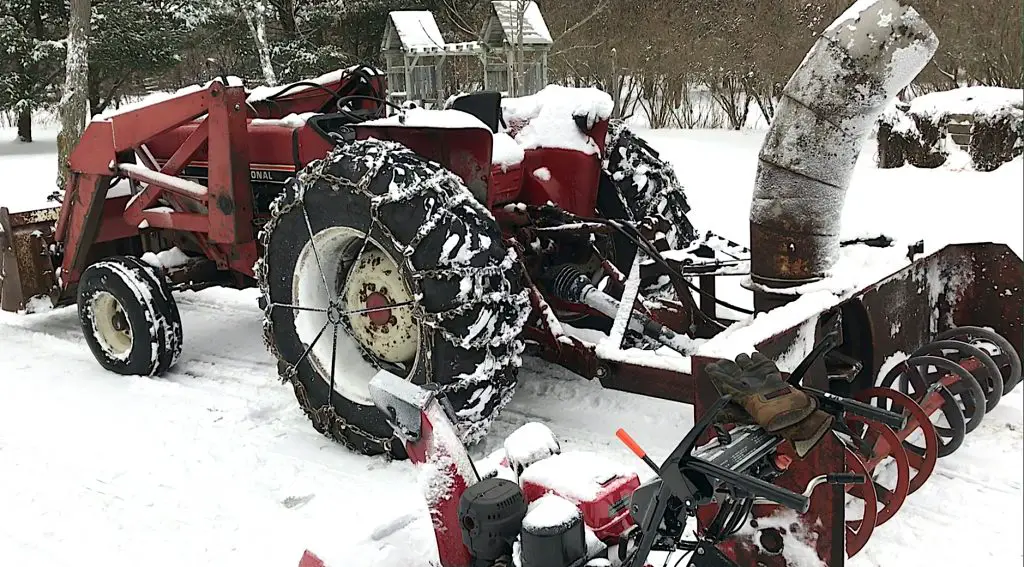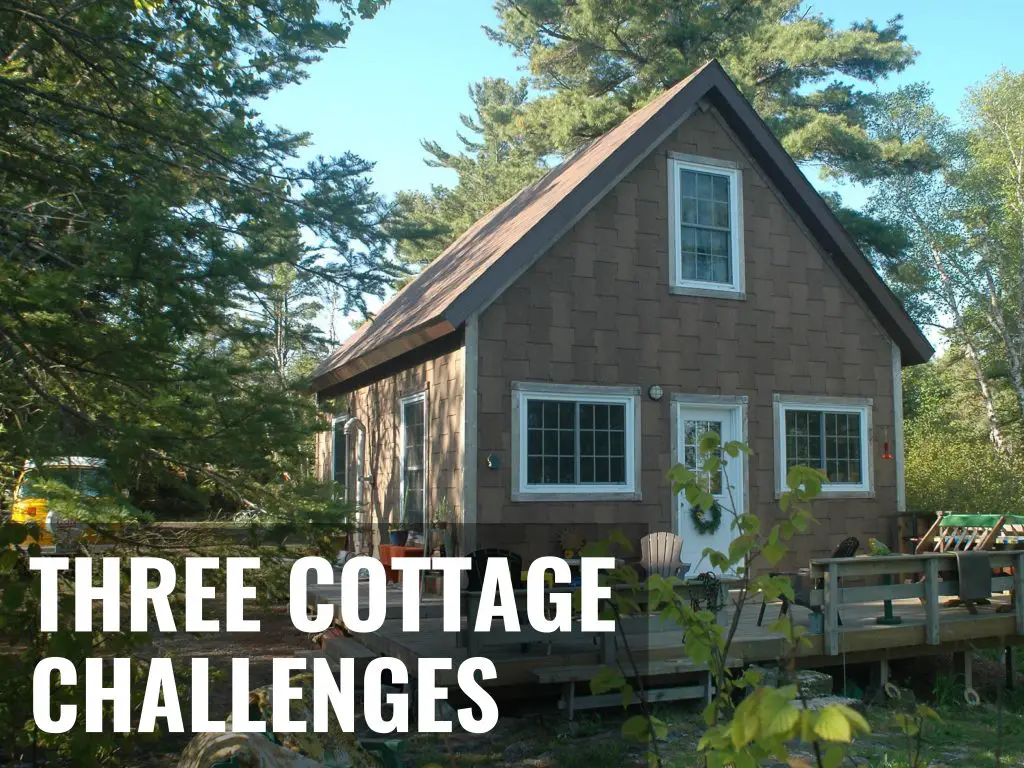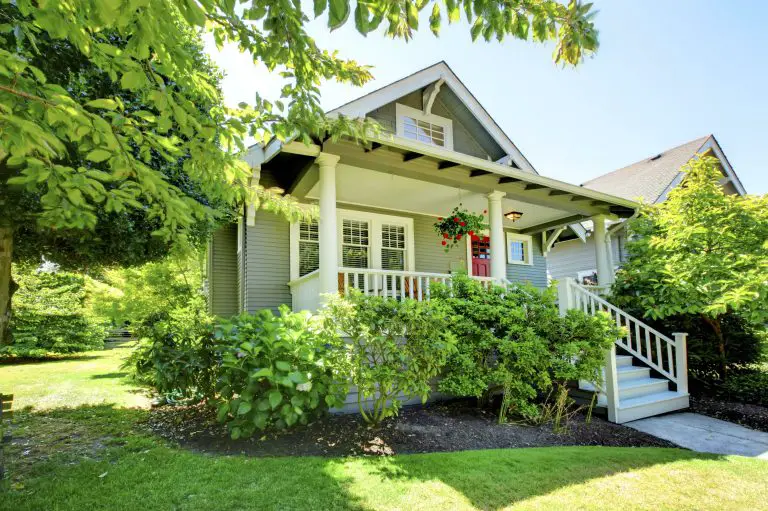With lakeside cottage season in full swing in many places, are you thinking about selling your city home and moving to the cottage full time? You’re not alone. More and more people are retiring and exercising their option to live wherever they want. Others not yet retired are making ends meet with remote work that can be done from anywhere. As a rural dweller myself, I understand the attraction, but I also understand that it can be challenging to convert a built-for-summer cottage into a year-round home. I know because I’ve helped several people do just this. Full-time life by the lake can be rewarding, but you need to begin with a realistic view of what’s needed to make your seasonal cottage livable year-round.
Challenge#1: Winter-Proof Water
Most cities are built on plenty of soil, so pipes can easily be buried the three or four feet below grade that’s necessary to keep the water in them from freezing in northern areas. By contrast summer cottages are often built in areas with little or no soil cover, so alternative methods to keep pipes frost-free are necessary. This is where today’s best high-efficiency heating cables can help, and with little impact on your electricity bill, though there is another water-related challenge that these heating cables can’t solve.
Few internal cottage water pipes are installed so they’d be completely protected from sub-freezing temperatures inside the building itself. Without this protection you can experience frozen pipes within walls, floors and crawlspaces. In fact, you probably will. Expect to require a full rebuilding of your existing seasonal cottage water system before it’s ready for year-round use. PEX pipe is my favourite type for this job because it’s flexible and it won’t crack, even if it ever does freeze solid with water in it.
Recommendation#1: Familiarize yourself with today’s best electric water pipe protection cables for both water supply and sewage lines, then consider re-routing interior water supply and drain pipes so they travel only through fully heated areas.
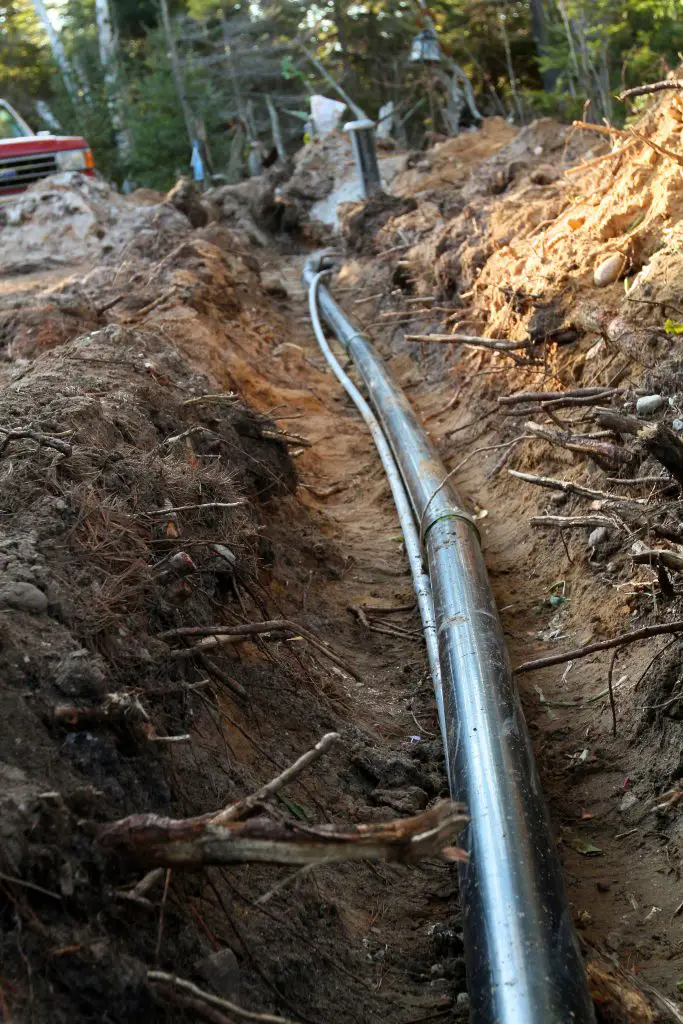
Challenge#2: Keeping Warm
There are three reasons most cottages are terribly cold and hard to heat in winter. First, many are old, built at at time when insulation and building products were more primitive than they are now. Second, cottages were often built as economically as possible. Saving money by installing little or no insulation was common practice because “no one will ever need insulation here.” And third, the common practice of building a cottage over an unheated crawlspace guarantees super-frigid feet all winter long. Stuffing fiberglass batts between the floor joists definitely does not help much, either.
I’ve never seen a crawl space that I thought was performing well, and this is especially true in cottage country. The humidity danger is higher than usual here because there’s often exposed bedrock near the surface of the floor. The condensation effects can be enormous if bedrock is visible because it’ll remain cool enough to trigger condensation all summer long.
Recommendation#2: Plan to add serious amounts of insulation to your cottage, and consider some kind of automatic heating system. Heating with a wood stove is great, but a labour-free, thermostatically controlled backup is a wise idea, too.
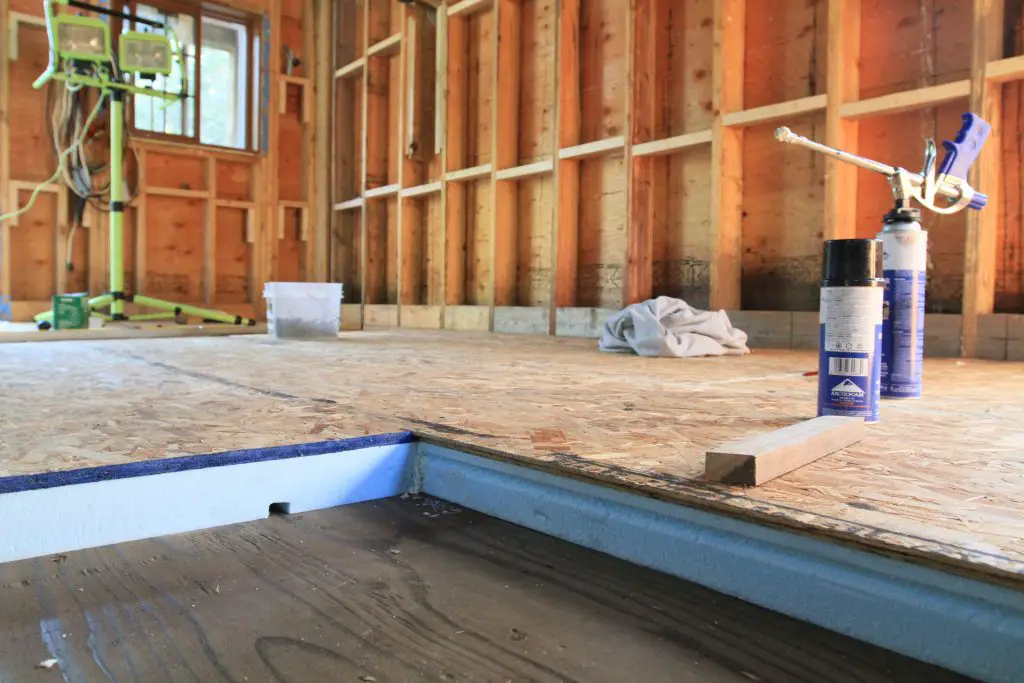
Challenge#3: Keeping Access Open
Tiny, private roads and low population densities are common in cottage country, and this means that keeping your place open and accessible when big snows arrive can be a surprising challenge. You may find a reliable snow removal contractor in your area who will keep the white stuff beaten back, but don’t necessarily count on it. It’s always good to have something beyond just a snow shovel. Even a snowblower will prove helpful, but a tractor-mounted snow blower is the best option for properties of more than tiny size.
